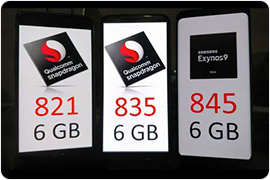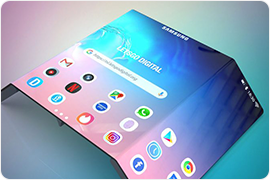Why Does Touch ID Require Passcode When iPhone Restarts
By Carrie Tsai, Last Updated: November 06, 2020TIPS
"Every time I reboot my iPhone, I always see a prompt on the lock screen indicating that Touch ID requires passcode when iPhone restarts."
"Recently when my iPad restarted, I tried to use Face ID to unlock it but it said that I had to enter my passcode first."
Have you also experienced the above occasion while restarting your iPhone or iPad? If Yes, you are not alone. "Touch ID/Face ID requires passcode when iPhone restarts/Your passcode is required to enable Touch ID/Face ID"is actually a common prompt which will come up every time a Touch ID/Face ID-capable iPhone restarts. However, the lock screen where the prompt appears doesn't tell you the major reason for this.
You must wonder why you have to enter a password to enable Touch ID/Face ID when your iPhone restarts, right? After all, as Apple's two biometric authentication tools, both Touch ID and Face ID are meant to be way more preferable than punching in a passcode since they're easier and more convenient to use. Today, most iPhone or iPad users opt to unlock their iPhones or iPads with Touch ID or Face ID. But it seems confusing that when iPhone or iPad restarts, one must enter a passcode to enable Touch ID or Face ID.
And in fact, in addition to Apple devices, many other brands'mobile phones also require a passcode to enable their fingerprint or face recognition functionality when they restart. Why? Well, take your time and read the post to the end. Then you'll be clear about the reason.
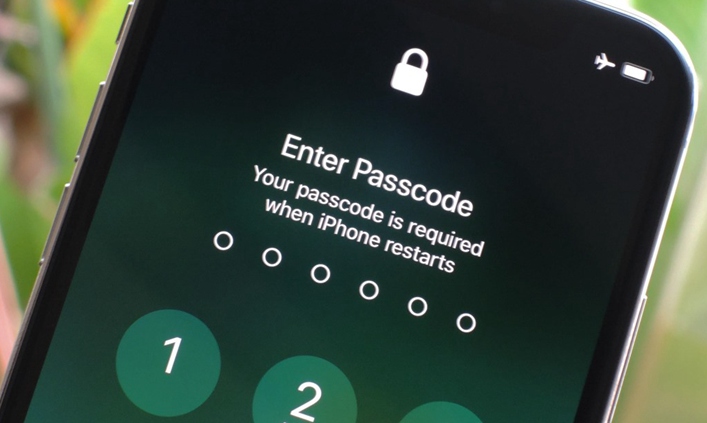
You May Also Read:
Face ID: You can never be too careful
What Cause Smartphone Fingerprint Scanner Not Available and How to Fix it?
iPhone iCloud Supports Face ID Login, Have You Used it?
What is the Difference Between A Phone Restart and A Shutdown?
Haptic Touch: Tips for Using 3D Touch on iPhone
How Do You Use Assistive Touch in iPhone
Touch ID: How Does It Work
Before getting into the explanation of the reason why Touch ID and Face ID require a passcode input when your iPhone restarts, having an exploration of how Touch ID and Face ID work is helpful.
Touch ID, as a form of biometric authentication, is Apple's fingerprint identity sensor which is built right into the Home Button of iPhone or iPad. It serves as the more convenient solution to unlock your Apple device than having to punching in a passcode or password. By just laying your finger onto the Home Button, you can have the sensor quickly read your fingerprint, verify your identity and automatically unlock your phone.
How does it work? Well, firstly, the first time you enroll your fingerprint, the Touch ID stores the mathematical (or biometric) data of your enrolled fingerprint in the Secure Enclave in the Apple A-series chipset.
And when you lay your finger onto the Home Button of your iPhone or iPad, the Touch ID sensor will be automatically activated and use advanced capacitive touch to take a high-resolution snapshot of the small sections of your fingerprint in 360-degrees of orientation. Then it'll create a mathematical representation of your fingerprint intelligently and compare this to the stored data of your original enrolled fingerprint data.
After that, it'll identify a match and unlock your device if it releases a "yes" token. But if it releases a "no" token, the match is unsuccessful and you cannot unlock your device.
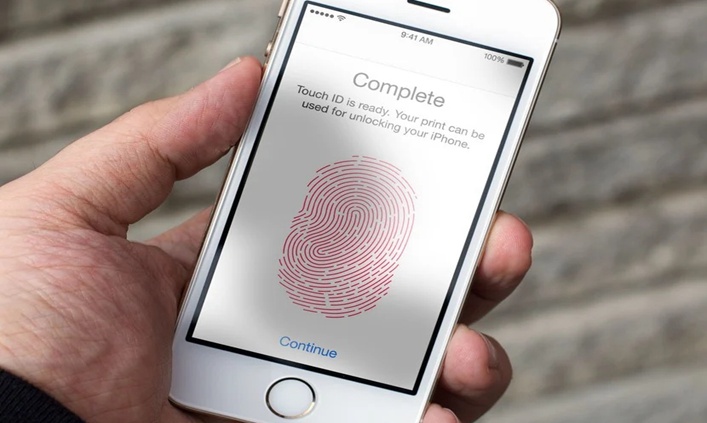
Face ID: How Does It Work
Much like Touch ID revolutionized authentication using a fingerprint, Apple's Face ID, as the successor to Touch ID technology, moves biometric authentication from the finger to the face. With just a simple glance over your face, you're able to unlock your iPhone or iPad. This biometric authentication technology relies on some of the most advanced hardware and software to unlock Apple devices.
How does it work? Well, to start using Face ID, it requires you to do the initial setup process - enroll your face first by going to Settings > Face ID & Passcode. Then your enrolled face will be stored in a mathematical representation form in the Secure Enclave in the A-series chip.
Each time you use Face ID to unlock your iPhone or iPad, the TrueDepth camera will be intelligently activated and capture accurate face data and create a depth map of your face by projecting and analyzing more than 30,000 invisible dots. It'll also capture an infrared image of your face.
Then a portion of the neutral engine of the A-series Bionic chip which is protected within the Secure Enclave will translate the depth map and infrared image of your face into a mathematical representation and compare that representation to the previous enrolled data of your face.
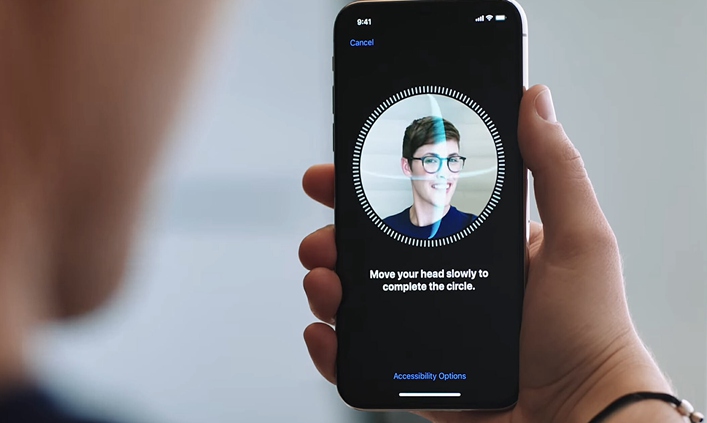
Enabling Touch ID/Face ID When iPhone Restarts Requires Passcode to Unlock Secure Enclave
Security is of great importance to all of us to protect information on our mobile devices. Both Touch ID and Face ID also come with an advanced authentication safeguard solution to protect biometric data which are stored on your iPhone, iPad or any other Apple device. This solution is called Secure Enclave which is built in an isolated portion of the A-series chip.
From the above detailed explanation of how Touch ID and Face ID work, it can be known that your fingerprint and your face, once enrolled or captured, will be transformed into mathematical representation which will in turn be stored in the Secure Enclave. That being said, it's only the mathematical representation of your fingerprint or your face image that is stored instead of any image of your fingerprint or your face.
The data of your fingerprint or your face, once stored in the Secure Enclave in mathematical representation form, will be encrypted and protected with a key available only to the Secure Enclave. Since the stored data of your fingerprint or your face are encrypted and protected with an isolated portion on your device, the data is only used by the Secure Enclave to the verification process so that they cannot be read or accessed by any applications, websites or even the iOS on your device and can't be backed up to iCloud or anywhere else.
When your iPhone or iPad is powered off, the Secure Enclave will be locked down. Since the data of your enrolled fingerprint and face are stored in the Secure Enclave and encrypted with it, the data will be also locked down, which makes Touch ID and Face ID disabled.
And because the Secure Enclave is an isolated part, the data stored in it cannot be accessed by the iOS when your device restarts. Therefore, a passcode is required to unlock the Secure Enclave so that Touch ID or Face ID can be enabled.
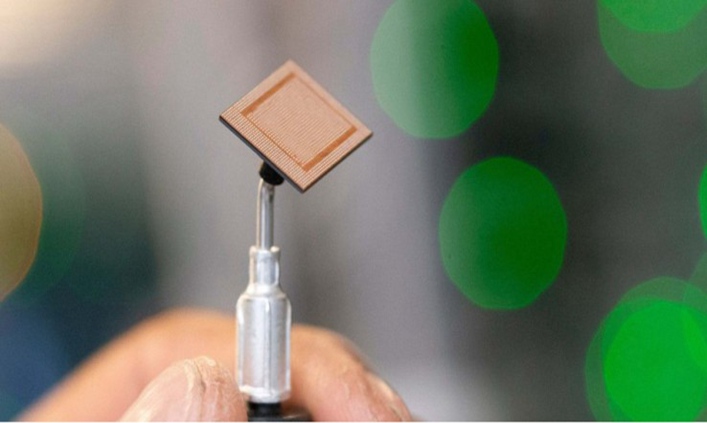
Added Security Is Required - Touch ID and Face ID Seem More Vulnerable in Security
The mentioned reason above isn't the sole reason for requiring passcode or password when your iPhone or iPad restarts. In fact, it's also for added security. The added security isn't just limited to Apple devices but is common among almost all smartphones. This is because newer authentication systems such as Touch ID (and other phones'fingerprint scanners) and Face ID (and other phones'face recognition ways) are more vulnerable in security.
Secure authentication is desirable on the grounds that your phone is valuable which not only costs a lot of money but also holds a great number of your personal information. And you must expect a new authentication system especially biometric one such as Touch ID and Face ID to offer better security.
Well, there's no denying that whether the Touch ID or the Face ID is easier, more convenient and more timesaving to use compared with the older way of entering a passcode and indeed is capable of protecting stored biometric data via the Secure Enclave. However, biometric security has the other aspect - defense against presentation attacks which use fake or spoofed. Unfortunately, in this aspect, both Touch ID and Face ID are vulnerable.
In fact, the approaches to fingerprint recognition and face recognition used by the current smartphones are vulnerable to certain fake or spoof attacks. For Touch ID and other approaches to fingerprint scanning, your phone, once gets lost or stolen, can be easily unlocked with fake or spoof fingerprints which may be reconstructed by pulling the fingerprints in public places from a glass or an ordinary inkjet printer.
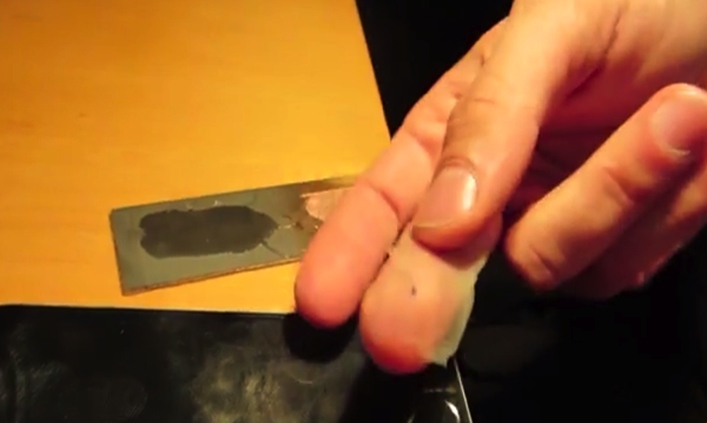
For Face ID and other approaches to face recognition, your phone, once gets lost or stolen, can be easily unlocked by spoofers who can use the photos of your face from any of your related people who post your pictures on Facebook or any other social media.
The Post May Be Helpful:
Is Your Phone Lost? How to Deal with A Lost or Stolen Phone
Compared with the older authentication way using a passcode or a password, Touch ID and Face ID are much more vulnerable in security. Therefore, when your phone restarts, a more secure passcode or password is required to be entered as added security. Only after successfully entering the right passcode can you enable Touch ID or Face ID to enter into the second layer of screen unlocking.
Passcode Is Also Required When Your iPhone Has the Circumstances Below
When your iPhone restarts, a passcode or password is required to enable Touch ID or Face ID. In fact, there are other times when a passcode rather than Touch ID or Face ID is required:
* The first time you boot your iPhone.
* You haven't unlocked your iPhone for more than 2 days.
* You haven't unlocked your iPhone using a passcode in the past 6 days.
* In the last 8 days, Touch ID hasn't been used to unlock your iPhone.
* In the last 4 hours, you haven't use Face ID to unlock the iPhone.
* The last 3 consecutive attempts to unlock your iPhone failed.
A Strong Passcode Is Still Best for Your Phone Security
Compared with the newer biometric authentication solutions such as Touch ID and Face ID, passcode, as the older authentication way, is somewhat an outdated method and requires too much effort and time to unlock the phone screen.
However, it's still and will continue to be one of the safest blocking approaches available. Currently, a strong alphanumeric password is still best for your phone's security which is necessary to protect your personal information while fingerprint scanning and face recognition are still the additional layer of security.
Final Words
"Touch ID/Face ID requires passcode when iPhone restarts"is a common prompt appearing on the lock screen every time a Touch ID/Face ID-capable iPhone restarts. And the reasons for it seem very clear now. On the one hand, since the Secure Enclave which stores, encrypts and protects the enrolled biometric data will be locked down when iPhone is powered off, a passcode is required to unlock the Secure Enclave and in turn enable Touch ID/Face ID.
On the other hand, a passcode which is still the best for security is still required as an approach to added security since both Touch ID and Face ID are more vulnerable in security. Anyway, next time you see the notification on the lock screen when you restart your iPhone, you can just keep cool as you've known you're not alone and why it comes up.



